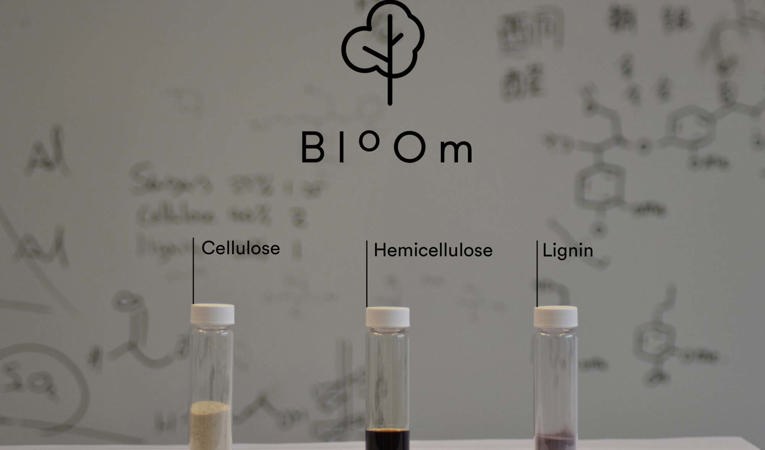- Chemical Analysis Unit : /en/applied-research/institutes/chemtech/chemical-analysis-unit/
- Research projects : /en/applied-research/institutes/chemtech/research-projects/
- Equipment : /en/applied-research/institutes/chemtech/equipment/
- Team : /en/applied-research/institutes/chemtech/team/
- Agenda : /en/applied-research/institutes/chemtech/agenda/
- News : /en/applied-research/institutes/chemtech/news/
- Chemical Analysis Unit : /en/applied-research/institutes/chemtech/chemical-analysis-unit/
- Research projects : /en/applied-research/institutes/chemtech/research-projects/
- Equipment : /en/applied-research/institutes/chemtech/equipment/
- Team : /en/applied-research/institutes/chemtech/team/
- Agenda : /en/applied-research/institutes/chemtech/agenda/
- News : /en/applied-research/institutes/chemtech/news/
Innosuisse

Summary
Chemical Process Development
Innosuisse
Bloom Biorenewables Sàrl
Roger Marti
Skills directory
January 2020 - December 2021
The Bloom process is the first method to efficiently convert plant material (wood & agricultural side-streams) to selected chemical building blocks.
The increasing cost of climate change and the environmental consequences of product life cycles is leading society to rethink the largely fossil-based chemical industry. Biomass is one of the most promising alternatives, but low efficiency in chemical valorization has limited its cost competitiveness compared to fossil alternative thus far. To respond to this challenge, Bloom Biorenewables Sàrl has developed the first technology able to extract and valorize lignin, a largely unexploited phenylpropanoid polymer found in biomass. While typical processes used by the pulp and paper industry yield fully degraded lignin - which can only be used for its energy value - the Bloom lignin can be converted to single molecules with unprecedented yields (up to 50%), thereby accessing high- 5/37 added value markets, such as flavour and fragrances. The rest of the lignin, called Bloom lignin oligomers has proven applications in bio-based polyurethanes. In addition to lignin, the Bloom process produces very pure cellulose fibres (>95%), which are excellent for preparation of microfibrilated cellulose (MFC), sustainable material for packaging and textile. Finally, the hemicelluloses are also depolymerized during the process and can be recovered as C5 sugars with yields exceeding 90%. The current pilot production (10L) convinced early adopters, who have validated the relevance of the product and requested larger quantities. The aim of the project is - in collaboration with these industrial partners - to validate the technology at a relevant scale (500L). To achieve this goal, Bloom identified HEIA, an institute renowned for his expertise in scaling-up chemical processes, as the ideal partner. Three different types of biomass will be tested and converted to products (lignin oligomers, lignin monomers and cellulose) for 3 target markets (polyurethanes, fragrances & MFC). Delivery of large samples and product validation will pave the way to commercial agreements.